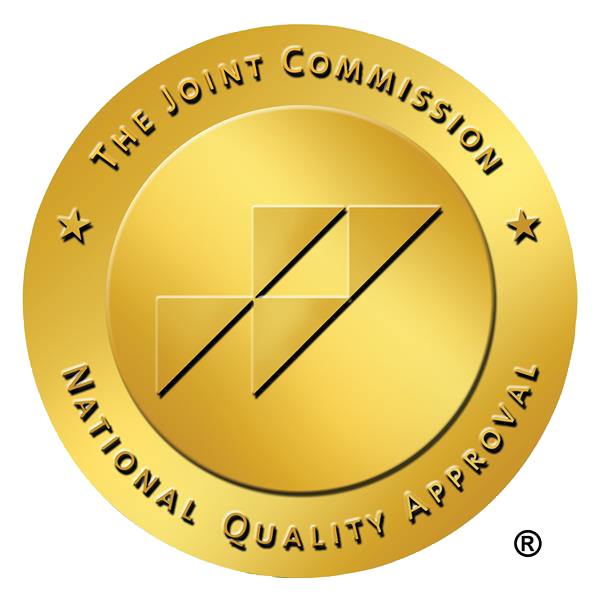Key Takeaways
- Family therapy focuses on improving relationships and communication among family members, addressing complex dynamics that affect individual behavior.
- There are various types of family therapy, including structural, systemic, and narrative approaches, each designed to tackle unique family issues and dynamics.
- Family therapy can effectively address a range of mental health disorders and family challenges, promoting healthier communication, conflict resolution, and overall family resilience.
Understanding Family
Family therapy is a specialized branch of psychotherapy that focuses on families and couples, aiming to foster change and development. The primary goals of family therapy are to create a better home environment, resolve family issues, and enhance communication among family members. This form of therapy, including functional family therapy, is unique because it emphasizes the inclusion of key family members in therapy sessions to ensure effective outcomes.
Marriage and family therapy specifically aims to improve relationships and resolve conflicts within family structures. Understanding the role of families in the therapeutic process is integral, as it helps in analyzing emotional disorders within the family and enhancing interactions among members. Family therapy addresses the complex dynamics within the family unit that can influence individual behavior and relationships. Marital and family therapy is essential in this context.
Key components of family therapy include examining emotional disorders within the family and improving interactions among members. These components play a crucial role in creating a supportive environment for each family member. Addressing the root causes of family issues and improving communication helps families navigate challenges more effectively.
Types of Family Therapy
Family therapy comprises various approaches, each designed to address different aspects of family dynamics and issues. The main types of family therapy include structural family therapy, systemic family therapy, and narrative family therapy.
Each type offers unique methods and focuses, providing a comprehensive toolkit for family therapists to tailor their approach to the specific needs of the family.
Structural Family Therapy
Structural family therapy emphasizes the relationships and interactions among family members. It examines how these dynamics influence the overall structure of the family. This approach aims to alter the family structure to improve its overall functioning. Techniques used in structural family therapy include unbalancing and boundary-making, which help to realign relationships and establish healthy boundaries within the family unit.
Structural family therapy highlights the concept of enmeshed families, where members are overly sensitive to each other’s needs. Addressing these dynamics helps families develop healthier interaction patterns, leading to a more balanced structure.
Systemic Family Therapy
Systemic family therapy views the family as an interconnected system, focusing on addressing dysfunctional patterns collectively rather than targeting individual members. This approach is rooted in the family systems theory developed by Murray Bowen, which emphasizes the significance of past relationships and the family as a unit.
Bowenian family therapy, a subset of systemic family therapy, highlights the importance of understanding the family life cycle and the impact of historical family dynamics on present behavior. Exploring these patterns enables therapists to help families break free from dysfunctional cycles and develop healthier relationships.
Narrative Family Therapy
Narrative family therapy emphasizes the power of personal stories in shaping reality. This approach helps families reframe their self-defeating narratives to foster a more positive identity. Therapists help families shift their perspectives by focusing on the stories they tell about themselves, encouraging a more empowering narrative.
In narrative family therapy, the therapist works with family members to identify and challenge harmful stories, encouraging them to create new, constructive narratives. This process can significantly change how families perceive themselves and their relationships, fostering greater resilience and cohesion.
Techniques Used in Family Therapy
Family therapy employs a variety of techniques to address the unique needs of each family. These techniques include:
- Structural approaches
- Strategic approaches
- Behavioral methods
- Narrative methods
Utilizing various methods allows therapists to tailor their approach to the specific dynamics and issues within the family, ensuring an effective treatment plan.
Communication Enhancement
Communication enhancement is a crucial aspect of family therapy, as blocked communication can prevent families from resolving problems and achieving goals. Systemic therapy involves understanding family interactions and communications as unconscious processes, allowing therapists to gain insights and improve interaction patterns among family members.
Therapy fosters a deeper understanding of each family member’s thoughts and feelings, building empathy and enabling members to appreciate each other’s perspectives. Enhanced communication leads to more effective problem-solving and a stronger, more cohesive family unit.
Behavioral Techniques
Behavioral techniques in family therapy focus on analyzing specific previous instances and developing strategies to address behavioral problems. Modeling is a common behavioral technique where desired behaviors are demonstrated for family members to replicate. This approach can be particularly effective in managing childhood disorders and promoting healthy behaviors.
Effective parenting and contingency management strategies are crucial when dealing with childhood disorders. Parents can employ developmentally appropriate strategies to promote and monitor their child’s behaviors, ensuring a supportive and nurturing environment.
These behavioral techniques can lead to significant improvements in family dynamics and overall functioning, particularly by understanding family interaction patterns.
Emotional Awareness
Emotional awareness is essential in family therapy, as it helps navigate and understand family dynamics and interactions. A family in a state of anxiety can create a challenging environment for therapy, impacting the effectiveness of the sessions. Therapists must be attuned to the affective mood of the family, as it can influence their involvement and the therapeutic outcomes.
Family therapy helps members gain insight into their emotions and reactions, fostering healthier interactions and improved resilience. This awareness is crucial in addressing underlying issues and promoting long-term positive change within the family process.
What Family Therapy Can Address
Family therapy is versatile and can address a wide range of mental health conditions, including anxiety disorders, depression, and eating disorders, as well as mental illness. It is also effective in helping families deal with childhood behavioral issues such as conduct disorder. By focusing on the entire family system, contemporary family therapy and family therapist can address strained relationships, stress, anger, and communication difficulties.
Additionally, family therapy can assist families in navigating significant life changes such as relocation, unemployment, and coping with chronic physical illness. Family therapy supports families during transitions, helping them build resilience and adapt to new circumstances more effectively.








